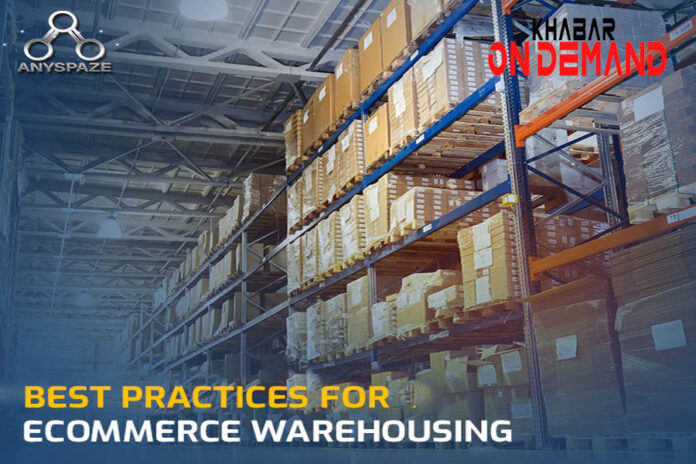Ecommerce and internet shopping have made selling and buying easier and more convenient. With the holidays approaching, millions of Indians are turning to the internet to buy gifts and other necessities. Even though millions of people still purchase in physical stores, there is a clear shift toward online and omnichannel shopping. As a result, eCommerce Warehousing facilities are becoming more vital.
A solid and effective Ecommerce Warehouse Logistics System is crucial to the success of online shopping. These 13 Best Ecommerce Warehousing Practices can assist you in creating a successful operations system.
1. Product returns must be handled quickly and efficiently
Returns of deliveries are a significant part of the e-commerce industry. Returns must be processed quickly and efficiently to give customers peace of mind while shopping online. Consumers can return items to Amazon and Wal-Mart for various reasons, making returns easier and almost free. It’s critical for shippers to be ready to cover the costs of the free return shipment. They can do so by assisting with shipping labels and processing returns as quickly as they arrive.
2. Using Metrics to Accurately Track Progress and Order Fulfillment Processes
The never-ending flood of incoming orders via e-commerce is a crucial part of the multichannel supply chain. Shippers must employ metrics to track the percentage of ecommerce orders fulfilled within the specified time range and the number dispatched within that time limit. Order picking, packaging, shipping accuracy, and worker productivity are critical and can be measured using metrics. Each measure is linked to a specific consumer promise, such as free two-day shipping.
3. Proactively pulling orders as soon as they come in and clearing orders quickly
Ecommerce warehouses are processing more orders than ever before as a result of the increase in online shopping. In addition, e-commerce warehousing offers a wide choice of product profiles. Groceries, fresh fruits and veggies, beauty supplies, fashion, and nearly any other sort of merchandise are frequently processed by a single eCommerce warehouse. Orders must be pulled as soon as possible by shippers. To achieve success in this scenario, the most critical action is to prioritize demands to meet consumer needs.
4. Transportation Requirements Optimization
Despite the influx of many smaller purchases, trying to cut transportation costs throughout Pickup and Packaging of the product for intermodal transportation of Supply Chain is a constant 24/7 activity in eCommerce warehouse logistics. Shippers can cut transit times and fuel expenses, allowing for quicker and more timely deliveries.
5. Incentives are used
Employee motivation is maintained through incentives. Instead of fear of losing their jobs, employees need an excellent motive to perform more effectively. Hostility is bred by a forceful and intimidating environment, as well as financial uncertainty among the workers. On the other hand, a positive incentive-based program encourages all employees to work together as a team to achieve more significant growth and productivity. This helps to create a more collaborative working environment. This, in turn, may be used to boost good, productive, and effective interactions across the supply chain as a whole.
6. All order types are managed by a single management system
Order channels are separated across multiple distribution centers in the traditional system. All retail space orders come from a single location. Orders placed online are classed in a separate area. The use of a dedicated Transportation Management System (TMS) has become critical to eCommerce success. A TMS allows shippers to aggregate orders from several channels and modes into a single environment, resulting in less unnecessary delays and expenditures.
7. Adopting a “Chaotic” Ecommerce Warehousing System
Amid the chaos, there is order. Amazon developed a mechanism for keeping products called “Chaotic” storage and e-commerce warehousing. There is no logical procedure in place in a chaotic storage system. Chaotic storage utilizes any available shelf space for inbound storage, with the goods’ locations, entered into the warehouse management system (WMS). It may appear counterintuitive, yet it cuts down on time spent looking for new, suitable areas for things.
Conclusion
E-commerce is expected to continue to grow and expand exponentially, with no signs of slowing down. It is no longer an option to improve eCommerce warehousing and shipping procedures. It’s a must, or businesses risk losing their competitive edge and collapsing. Ecommerce has a bright future ahead of it. It’s time to catch a wave. Shippers and warehouses who harness the power of this ever-increasing need for better and more efficient systems and improve order fulfillment and shipping procedures will indeed become tomorrow’s industry profiteers.





